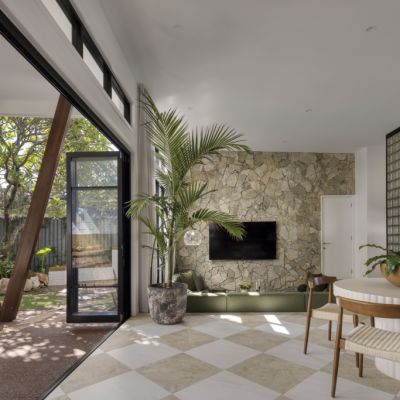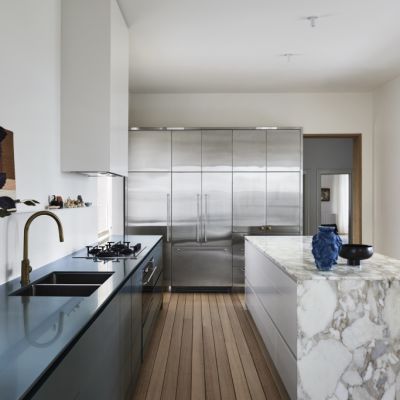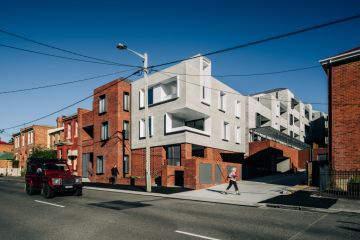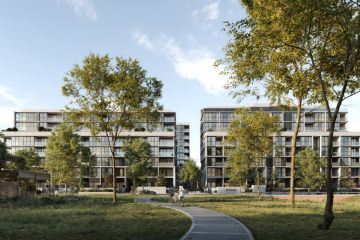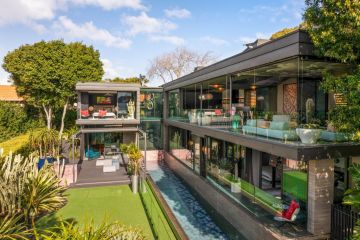The sunken lounge: How it found its groove in 2025

At a time when hosting at home is popular again, designers are rediscovering the sunken lounge, long considered the ultimate entertainer.
Stylish, dramatic, and retro-cool, this space has been coveted for decades for its ability to create a warm, cosy and intimate atmosphere that sparks conversations and genuine connections.
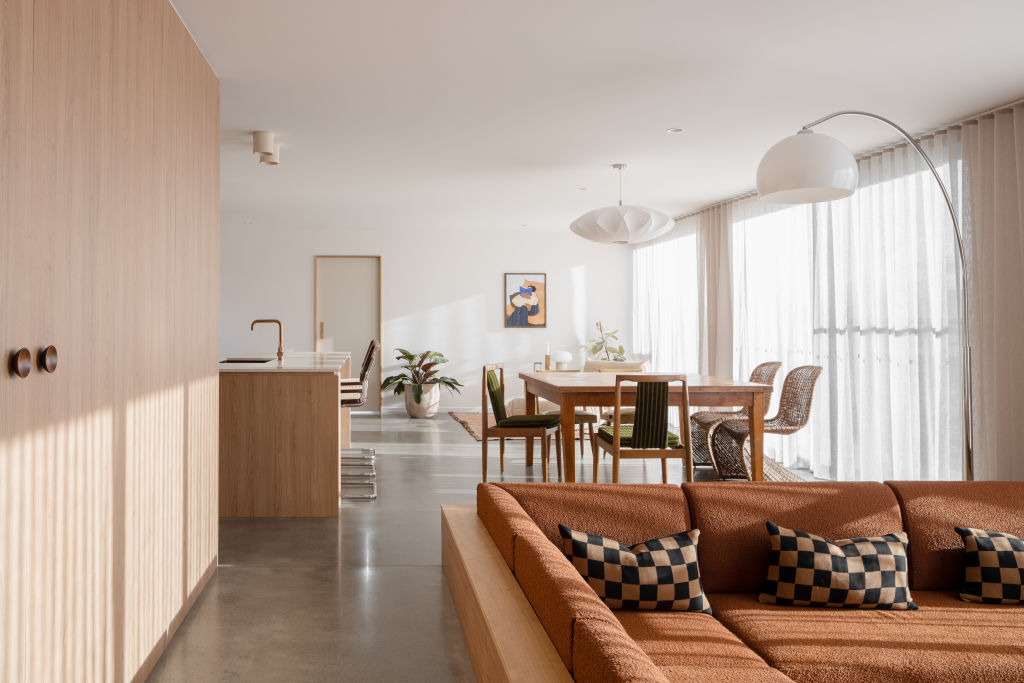
“Living in a modern connected society, we crave spaces that force us to interact and face each other head-on,” says Thomas Martin of Rama Architects. “Sunken lounges feel like a room unto themselves. It’s the perfect gathering point where everyone can take up space playing games, reading, talking or watching a film – sometimes all at the same time.”
Reaching peak popularity in the 1950s and ’60s, the sunken lounge, or conversation pit, re-emerged in the 2010s thanks to Don Draper’s chic version in the television series Mad Men.
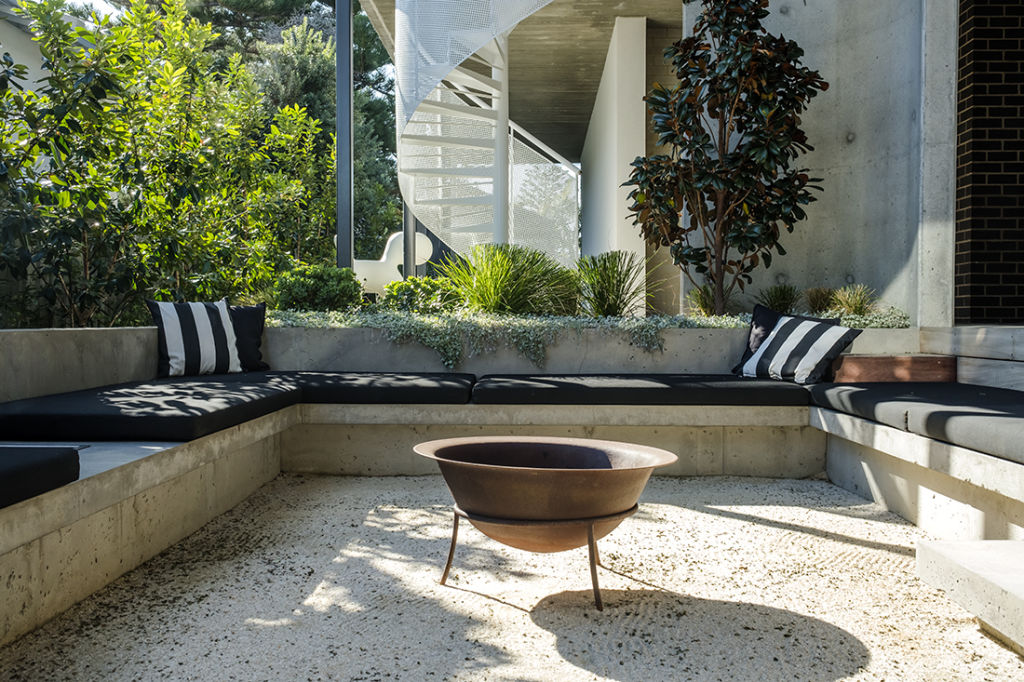
Fast forward to 2025, and this playful yet functional lowered lounge setting has become a high-performing element perfect for all gatherings.
While it can be the heartbeat of the home, outdoor conversation pits have also taken off in al fresco areas, at the back of gardens, and even in swimming pools.
“Today we have a greater appreciation for mid-century design, including projects with sunken lounges,” says Chris Haddad from Archier. “Its success lies in letting go of preconceived notions of what it was and understanding how it can function now in contemporary life.”

Zone in
While open living spaces provide countless advantages, defining areas within them can prove challenging. “We’re seeing a shift back towards individual rooms, and the conversation pit offers the best of both worlds – a change of levels creating the split and a strong connection to adjoining rooms,” says designer Mardi Doherty.
Not only is its dynamic high ceiling and seamless drop eye-catching, but a sunken lounge also enhances its surrounding spaces.
“By lowering furniture’s visual barrier, we provide the other open-plan spaces with unobstructed exterior views,” says Haddad. “Being closer to the floor also reduces visual bulk and conceals the unsightly backs of couches and chairs.”
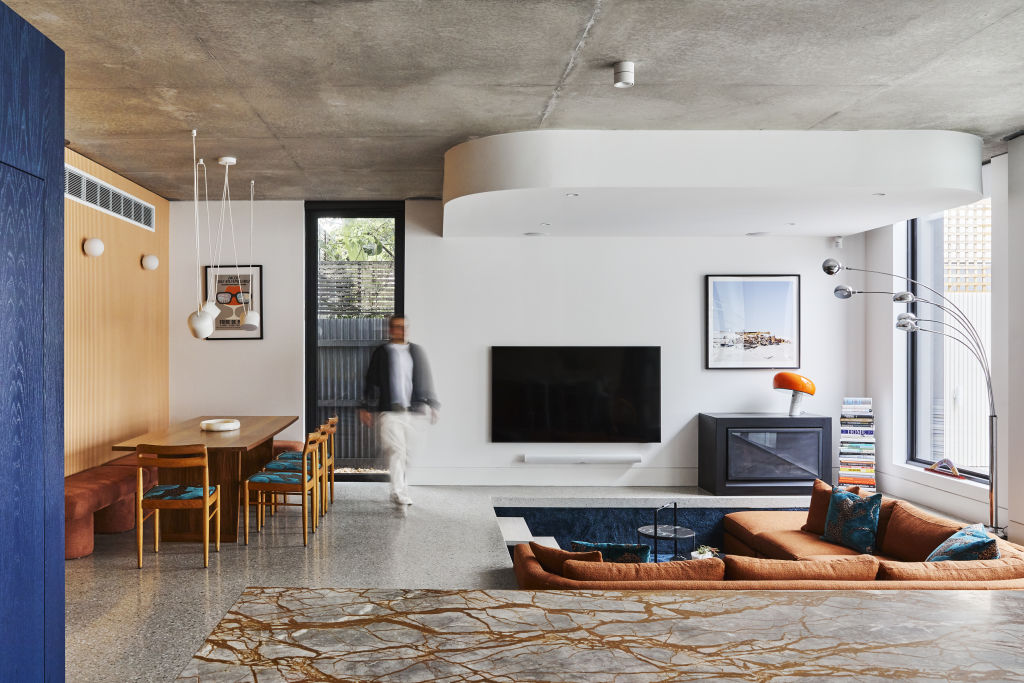
Take it down
A sunken lounge introduces subtle shifts in floor levels, creating a beautifully sculptural interior.
“It works well in most open plan areas and can range from medium sized at 4000 millimatres by 4200 millimetres to more generous at 5000 millimetres by 5200 millimetres,” says Haddad. “Space is needed to excavate down, which is possible with a lightweight floor or a cavity beneath it, similar to those found in Victorian cottages.”
If you live on a concrete slab or a similar foundation, you can achieve a similar feel without altering your home’s structure.
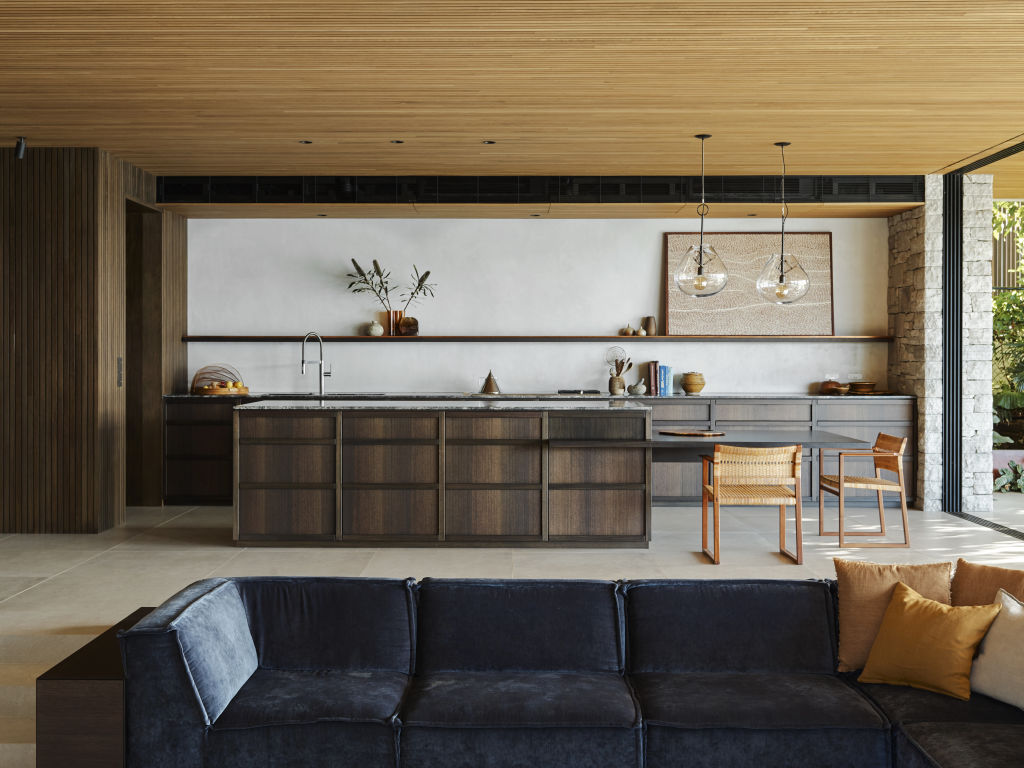
“Use a low bookcase to define the edges of your couches,” he suggests. “This creates a built-in appearance and as there are no stairs, makes it accessible for all.”
Equally as important as its design is its location. Positioning your sunken lounge off to the side, rather than centrally, helps prevent visitors from accidentally stepping back into it.
“Tuck it away into a corner,” suggests Berit Barton from Pleysier Perkins. “A soft floor covering also helps, just in case!”
Fit and furnish
Unlike the rigidity of a linear sofa, curved or L-shaped lounges encourage relaxation, chatter, and connection.
“Built-in furniture forms a base for your space and is great for hosting larger groups,” says Barton. “Rugs and pillows make it even more inviting, and a shaggy rug encourages people to laze on the floor.”

Built-in furniture maximises the pit’s internal footprint, increases seating and provides a soft barrier between different floor levels.
” It also allows for custom furniture elements that tie into its architecture including steps, perimeter walls and set downs and joinery elements within the space,” says Cassie James-Herrick from CJH Studio.
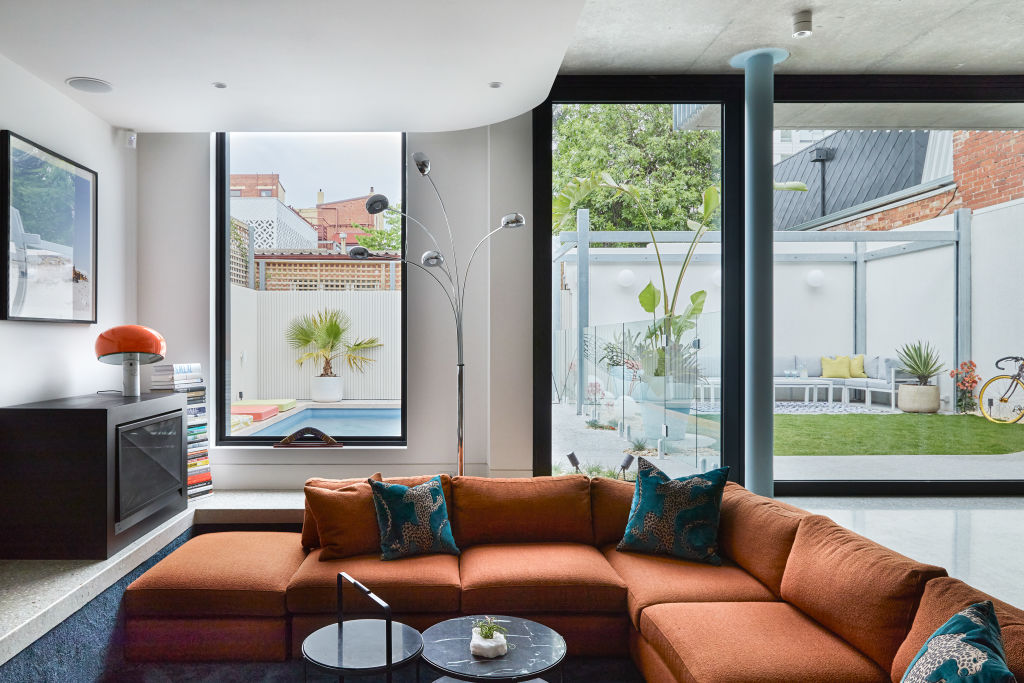
Thanks partly to its resurgence, modular furniture is also enjoying a renaissance inspiring designers to create curves, low profiles, minimal joinery, and plush features like ottomans.
For a sunken lounge in St Kilda, SGKS ARCH collaborated with Arthur G to design furniture that complements the architectural style of the space.
“We’re not as tied to staying in one ‘forever home’ so modular furniture offers infinite possibilities,” says modular furniture designer Reioni Douglas from Culture Cush. “Its curves and corners provide cosy nooks while rich colours and textures remind us to be more rebellious with our choices.”
We recommend
States
Capital Cities
Capital Cities - Rentals
Popular Areas
Allhomes
More
